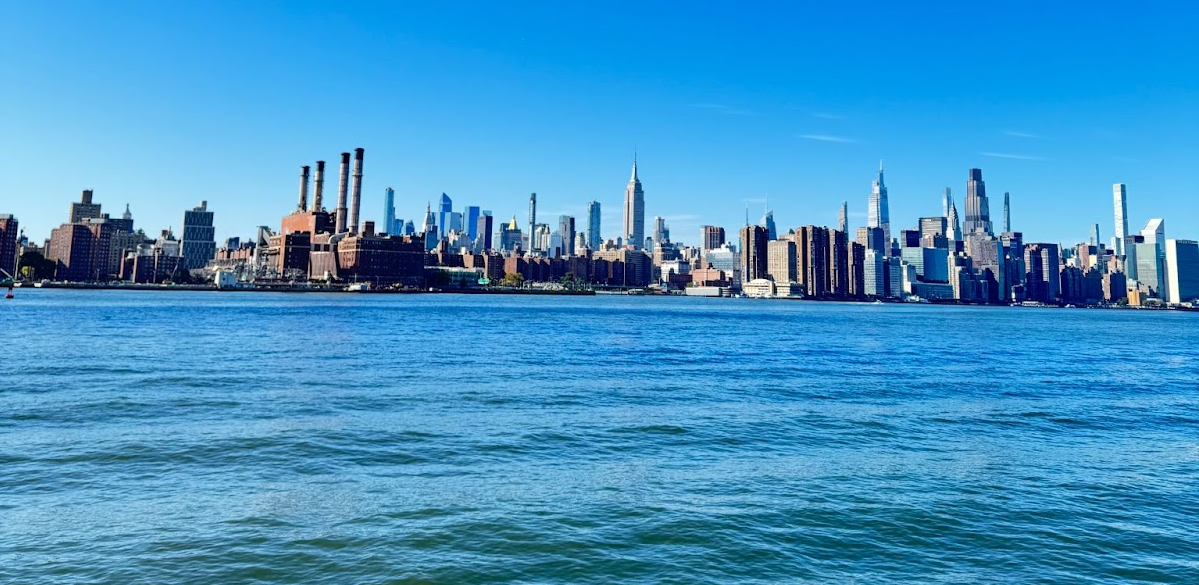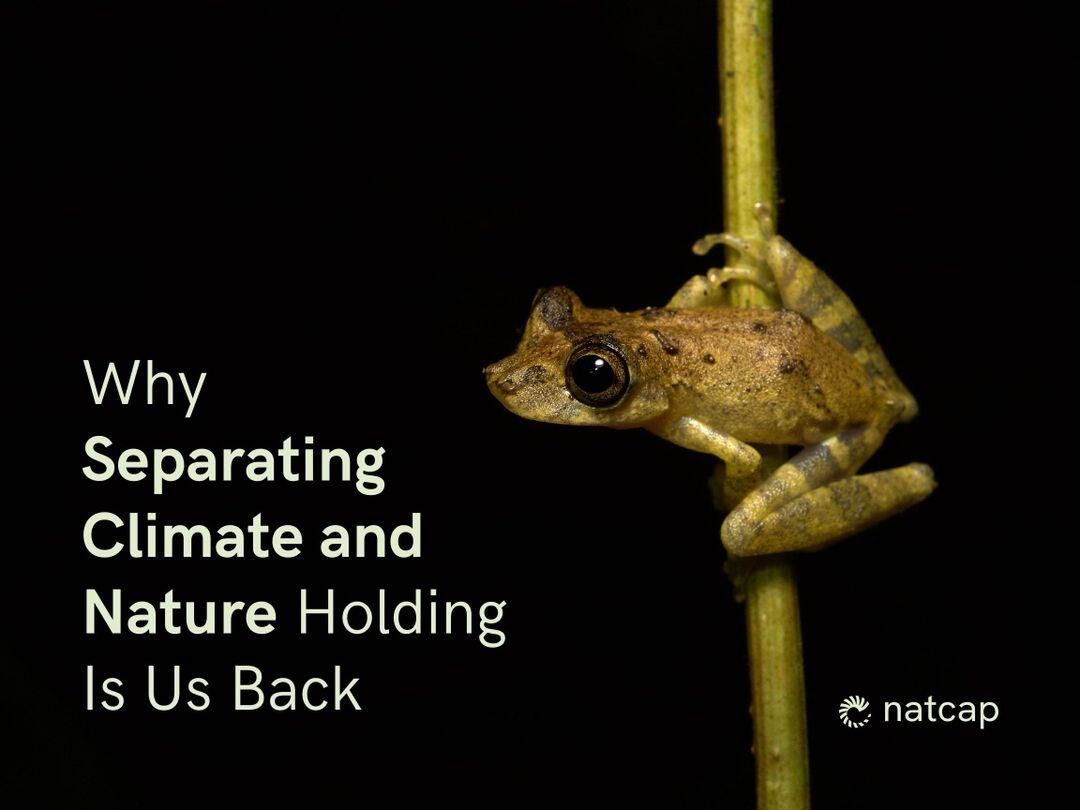Bringing Climate and Nature Together: What Integration Means in Practice
The climate crisis has long been a corporate priority. But the nature agenda, biodiversity, land use, pollution, and water, is now emerging as an...
2 min read
 Charles Shingles
:
1 Oct, 2025
Charles Shingles
:
1 Oct, 2025

When you step into New York during Climate Week, the sheer scale and density of conversations can be overwhelming. This year, what struck me most was how often the spotlight shifted to the language we use, the relevance of sustainability to core business strategy, and the rising urgency of nature and biodiversity.
How would the sustainability community respond in the face of stronger adversity than ever? Some reflections:

One of the most encouraging shifts I observed was the rise of nature from footnote to front seat. Only last year, it was barely being mentioned, and now it was dominating conversation.
The World Economic Forum released a report in 2020 which found that over half of the world's GDP was moderately or highly dependent on nature's ecosystem services. I have always disliked that fact - it's intangible and hard to understand in an organisation's own context.
Last week at Bloomberg's offices, the Taskforce on Nature-related Financial Disclosures (TNFD) released their first status report, showing positive private sector momentum exactly two years after the release of their recommendations:
This shows how organisations are now understanding their own nature-related impacts and dependencies, and the pathways they have to risk and opportunity. Perhaps they are now finally realising that nature is, after all, their number one supplier.

One recurring theme was that sustainability can no longer remain the domain of values and virtue. It must be baked into the DNA of the business as an accountability, not a “nice to do.”
The role of a Chief Sustainability Officer (CSO) is increasingly about being fungible - meaning: capable of speaking in risk, legal, financial, market, and operational terms so that sustainability is not siloed but integrated. To do that, active listening is paramount: understanding what each stakeholder cares about, and translating sustainability value into their language. If we fail to do that, we lose influence, and with it, momentum.
I heard it again and again: sustainability is a team sport, and partnerships are key. Systems thinking is needed, as no actor can drive transformation alone:

I posted mid-week about the moving work of Water.org, who have already changed the lives of 81 million people through access to safe water and sanitation and plans to reach 200m people by 2030. Inspirational.
For me, the thing I will remember most about this week was all of the new people I met and all of the new initiatives I learnt about. It's comforting to know that all the varied and challenging areas of the climate crisis have been carved out and are being looked after by people dedicated to making it their mission to solve.

The climate crisis has long been a corporate priority. But the nature agenda, biodiversity, land use, pollution, and water, is now emerging as an...

After years of battling climate change, corporate sustainability teams now face a new frontier: biodiversity and nature. But treating climate and...

Nature is no longer just a “nice to have” on corporate sustainability agendas. It is fast becoming a core pillar of business strategy. From...